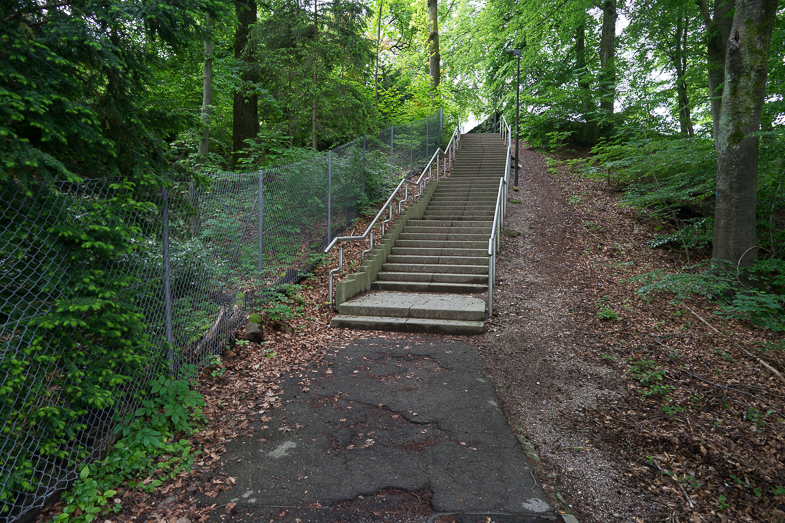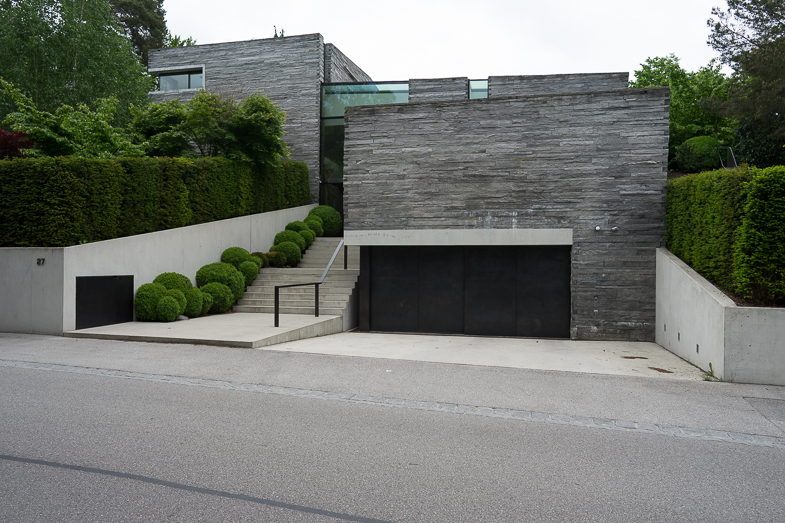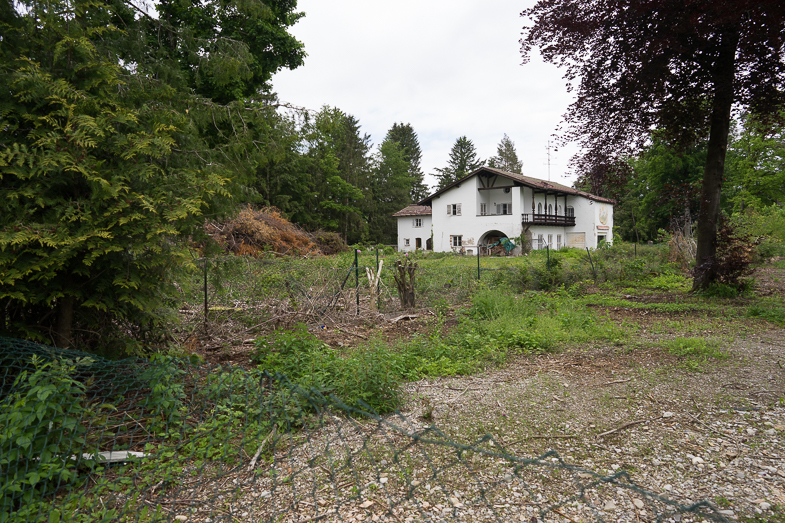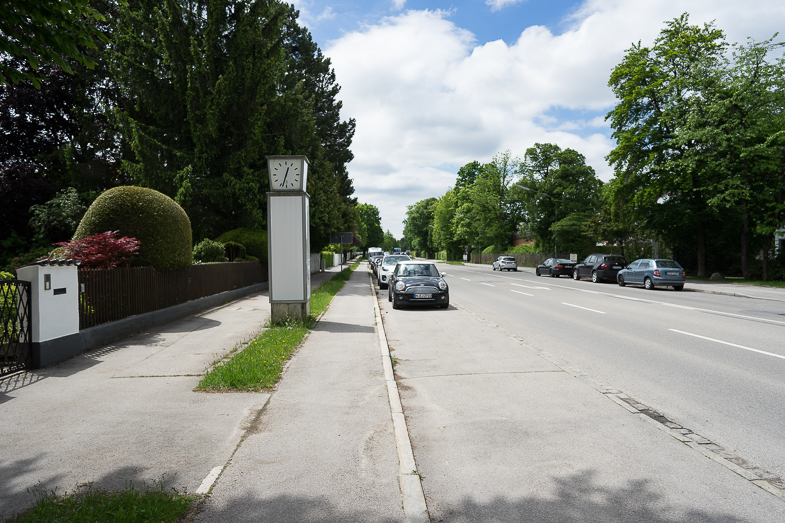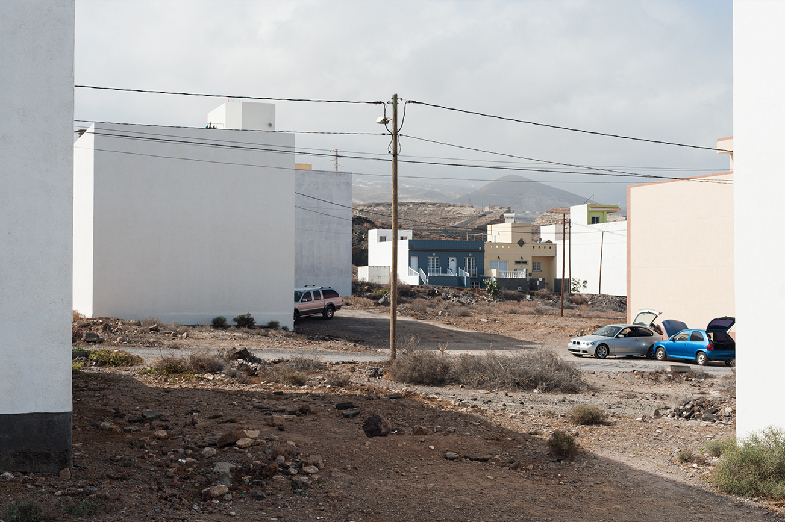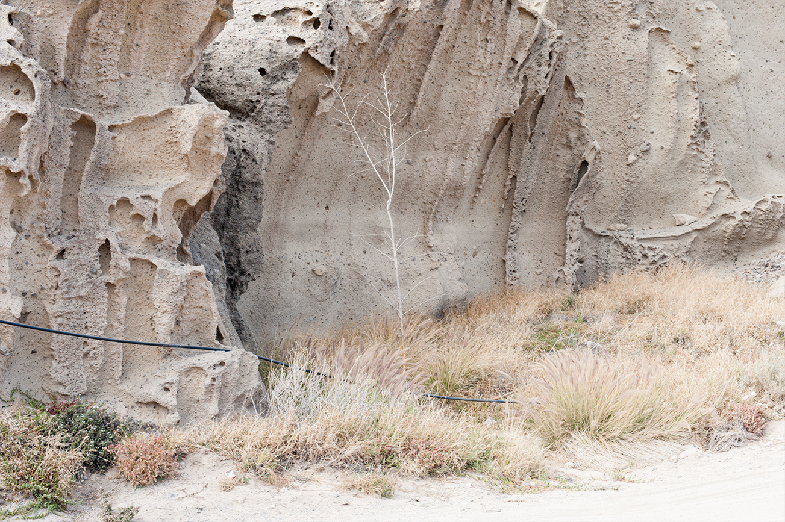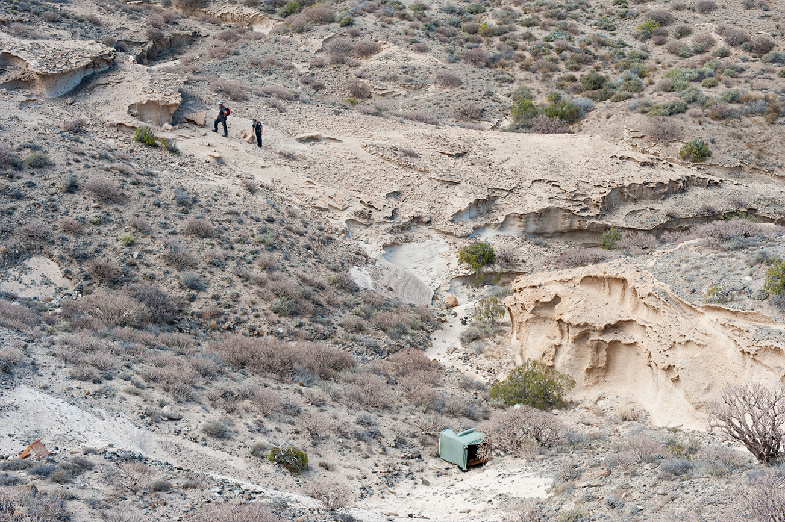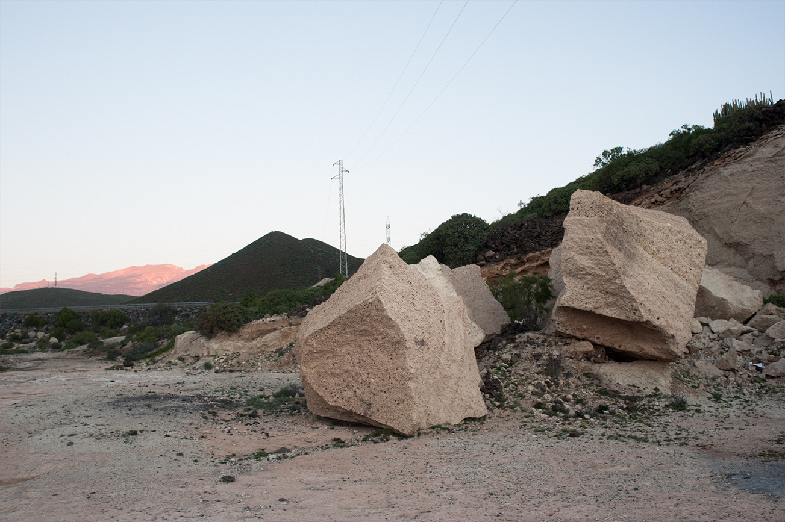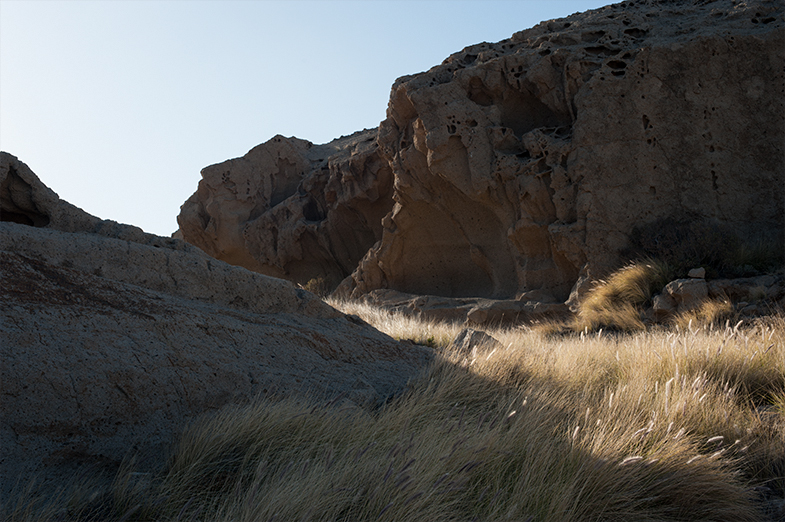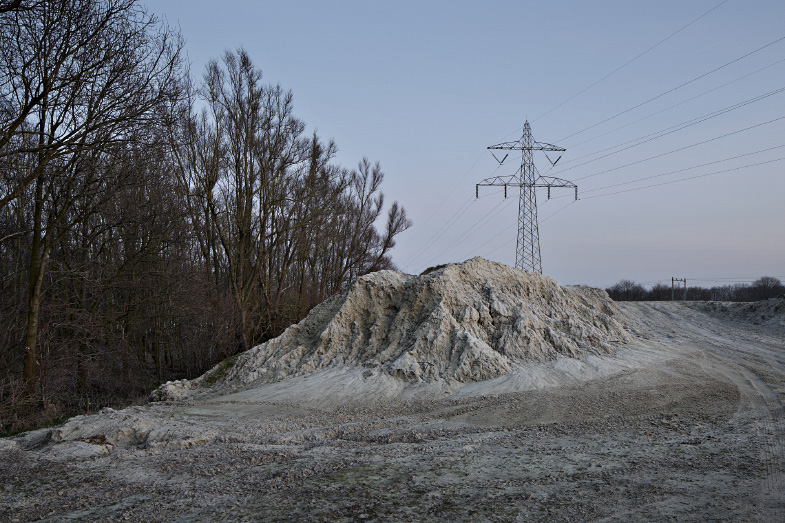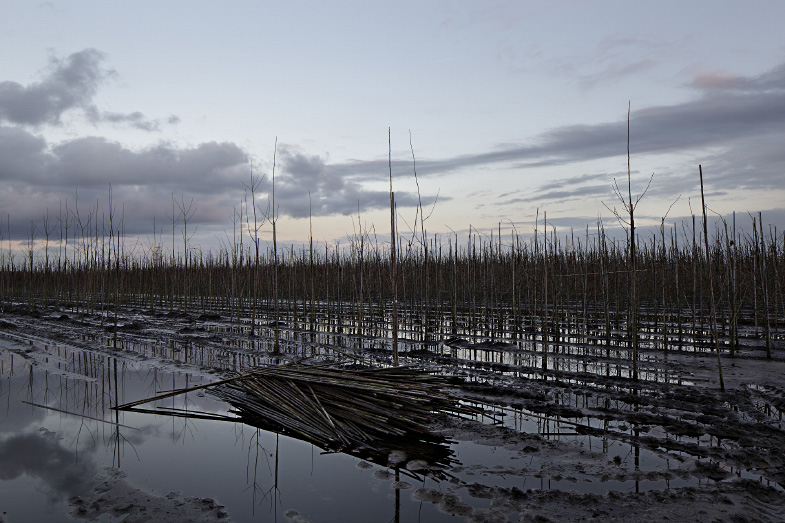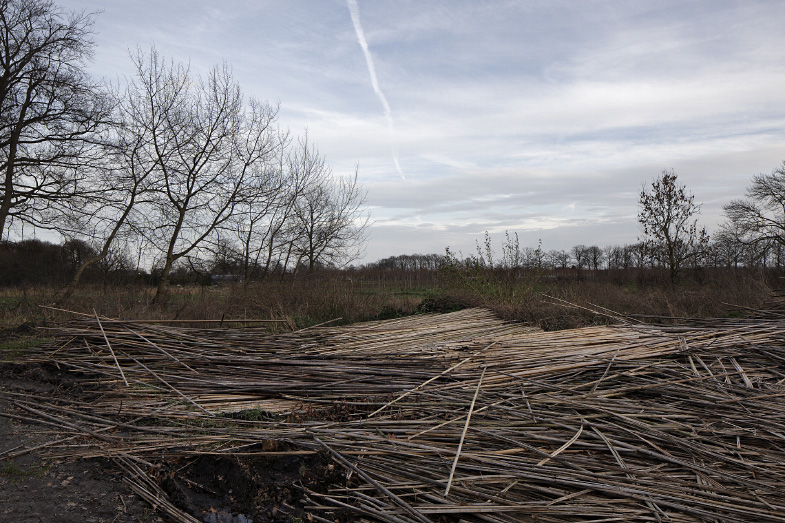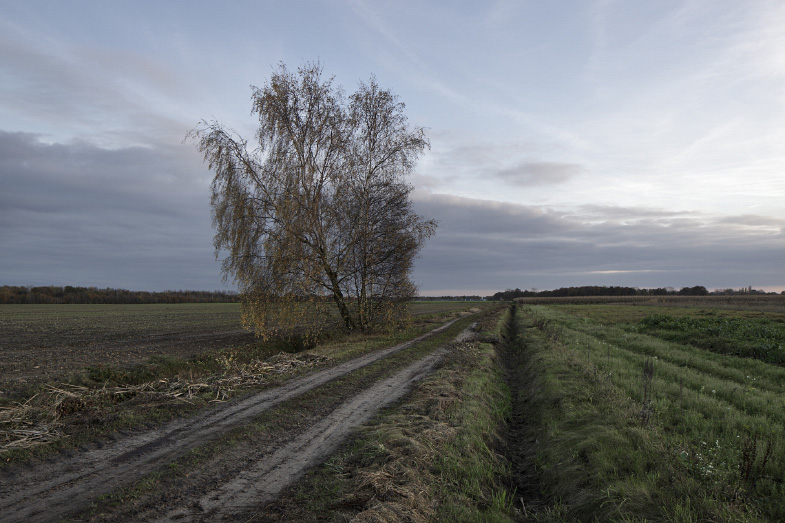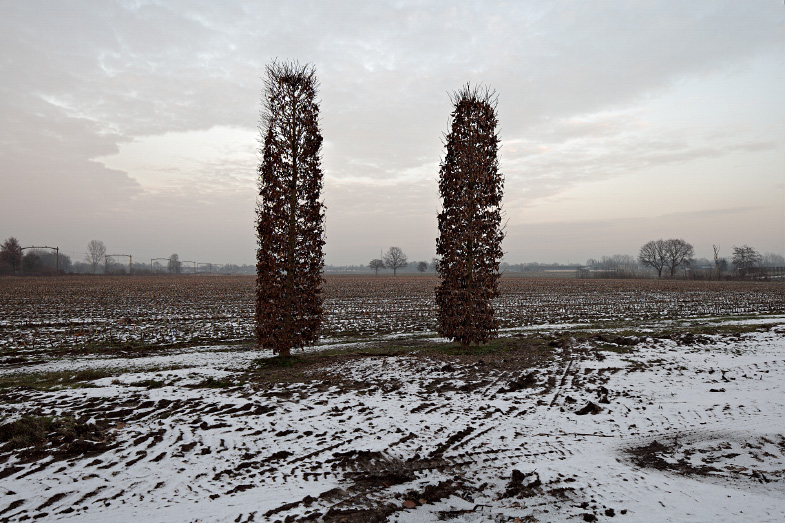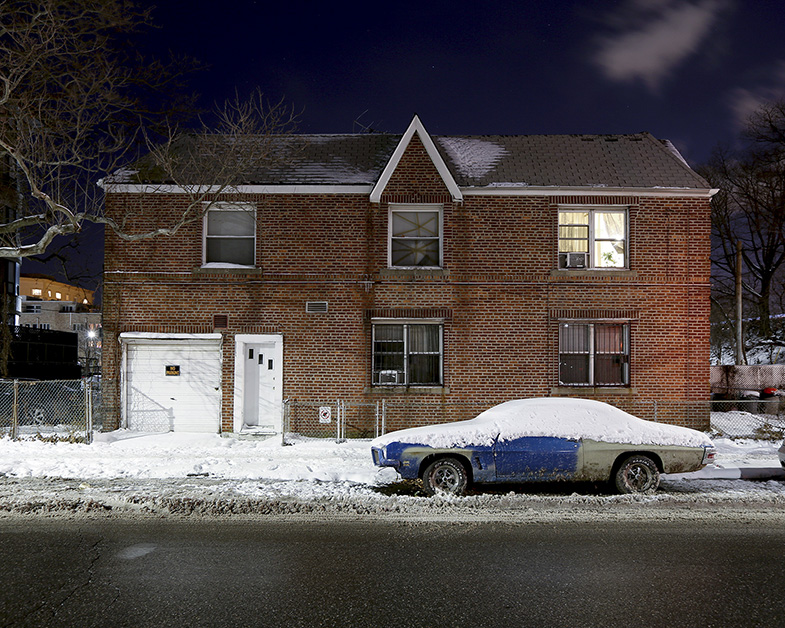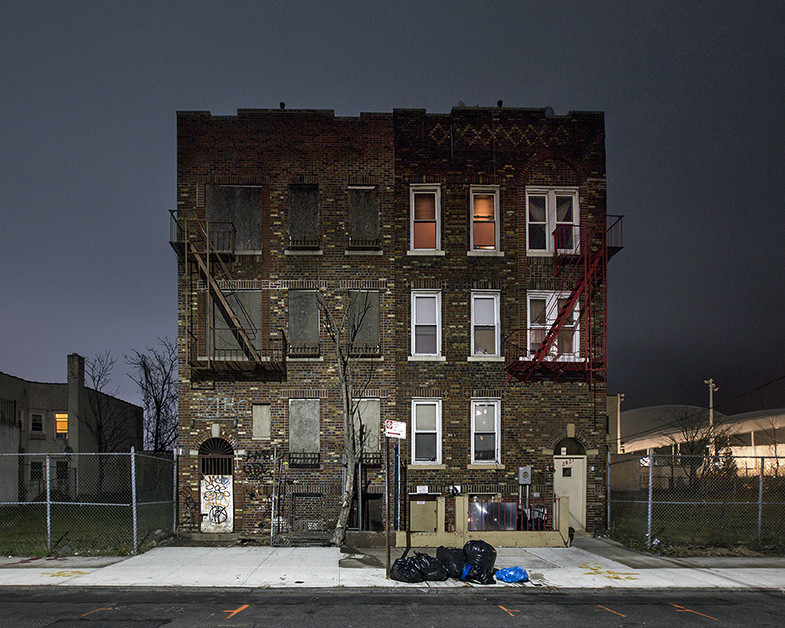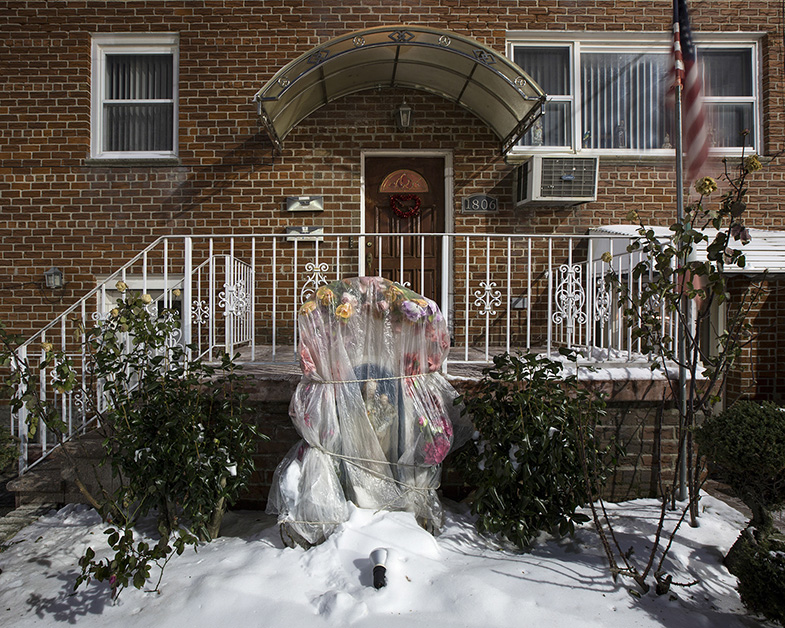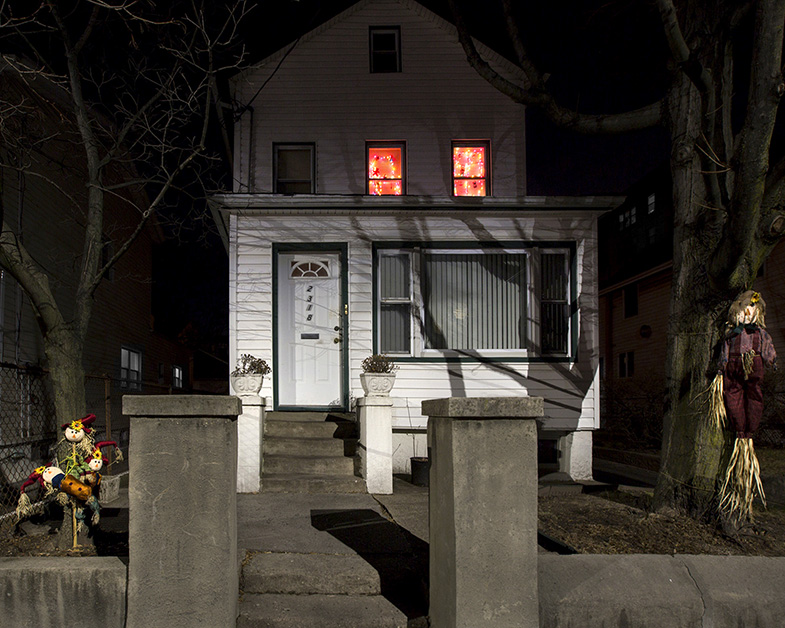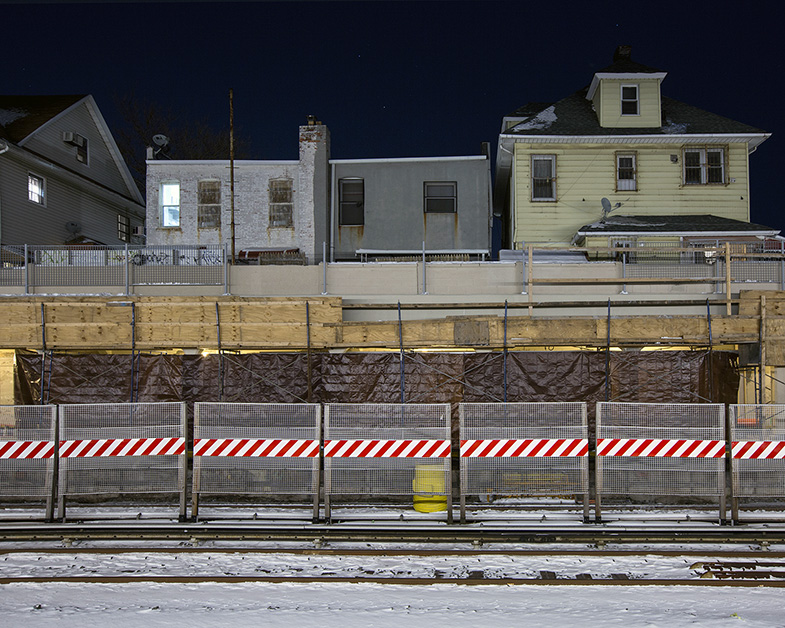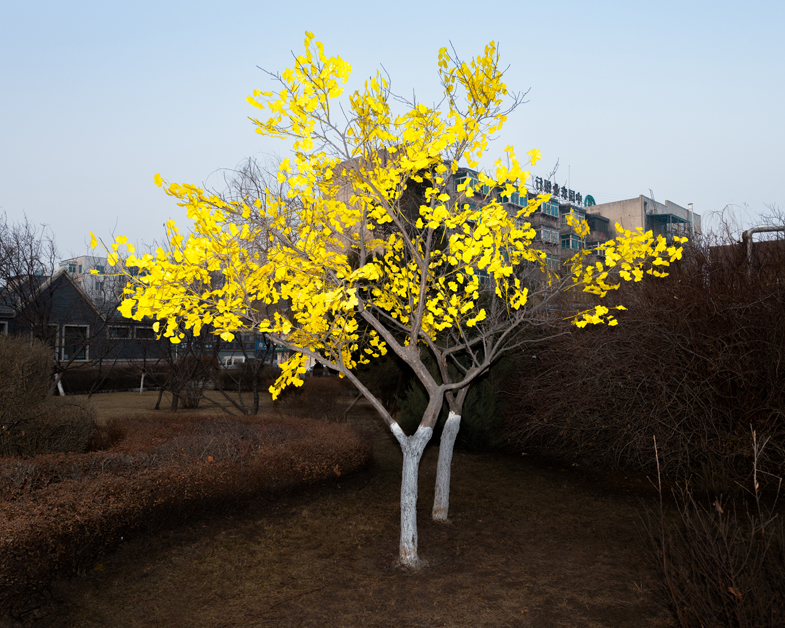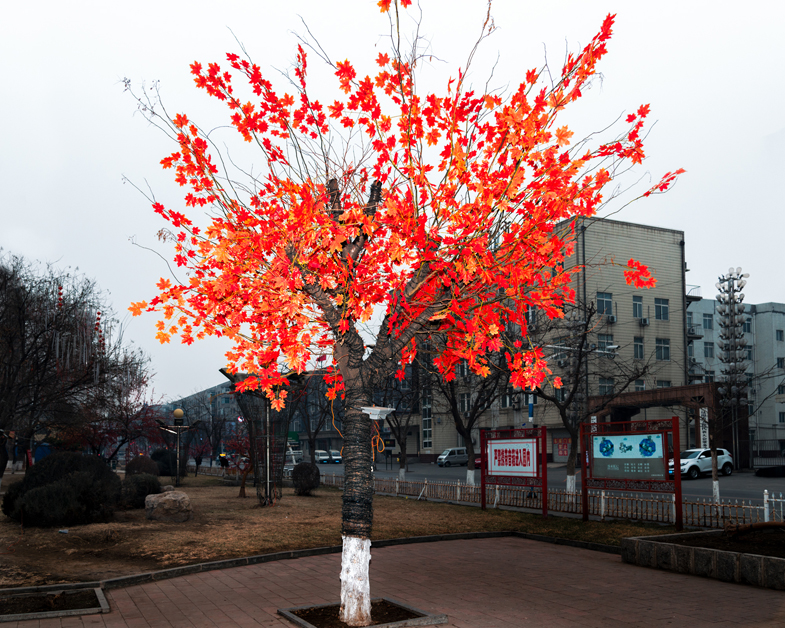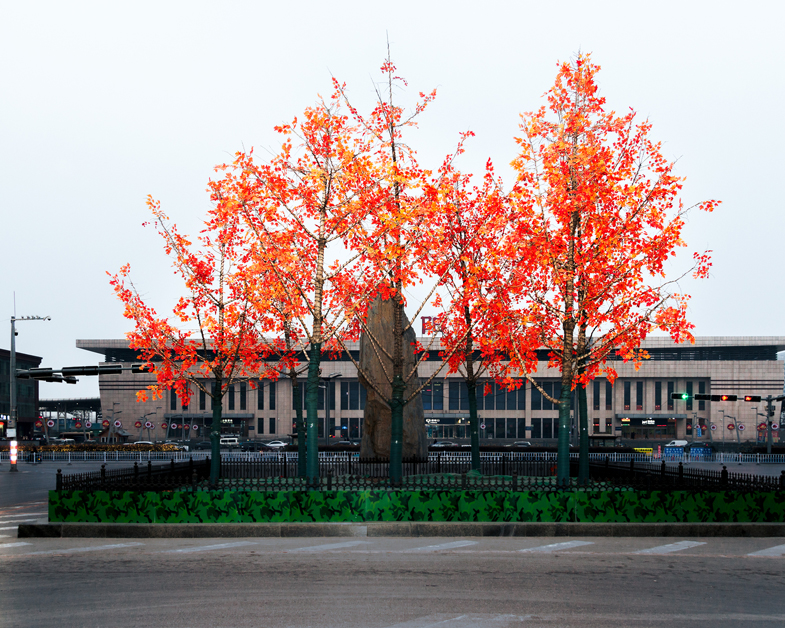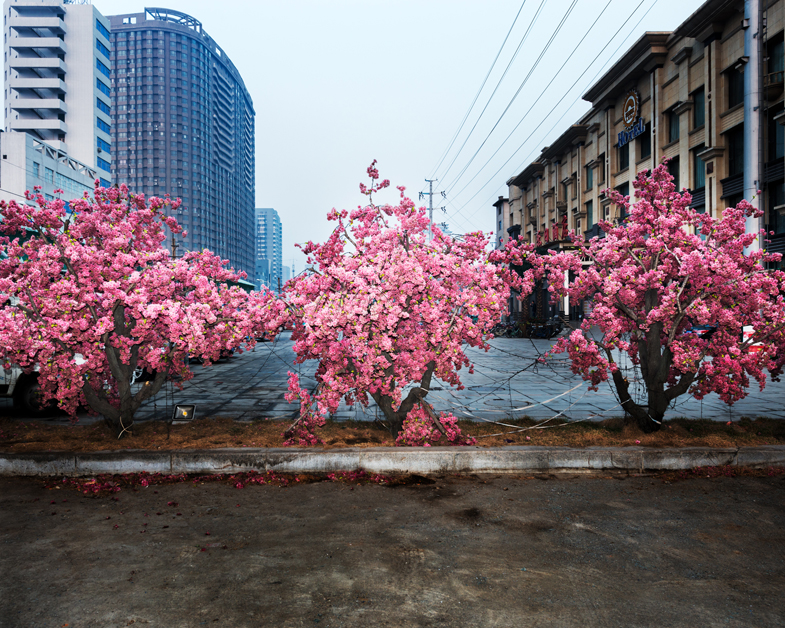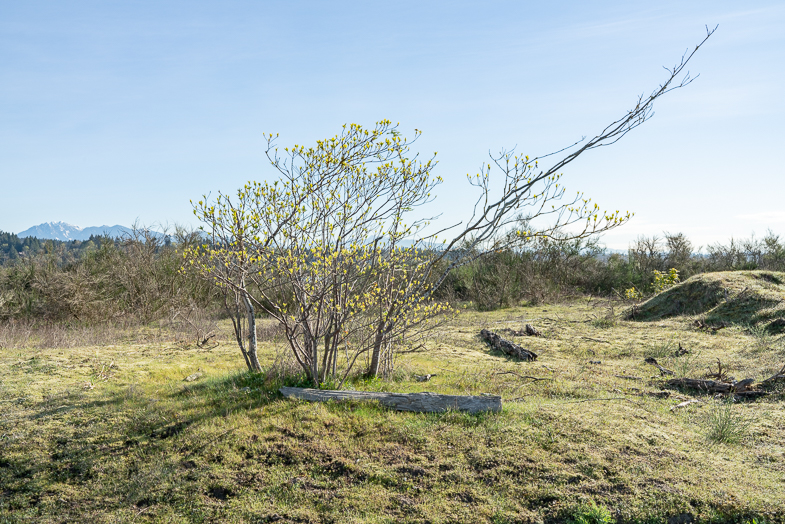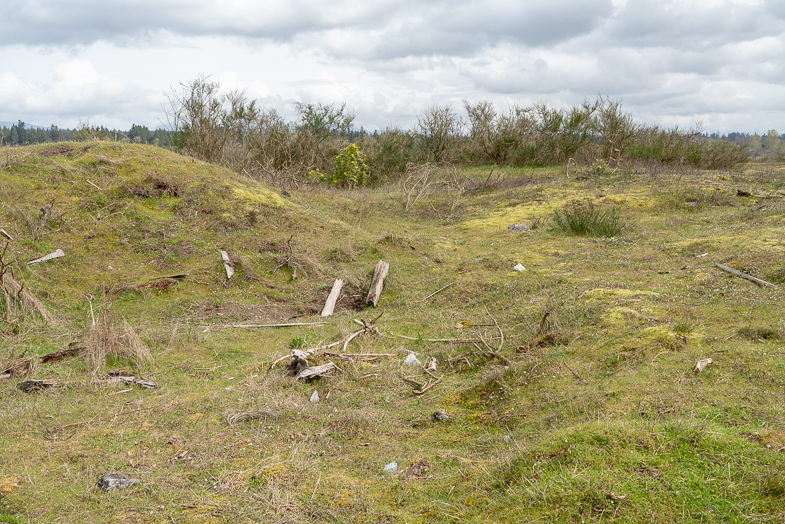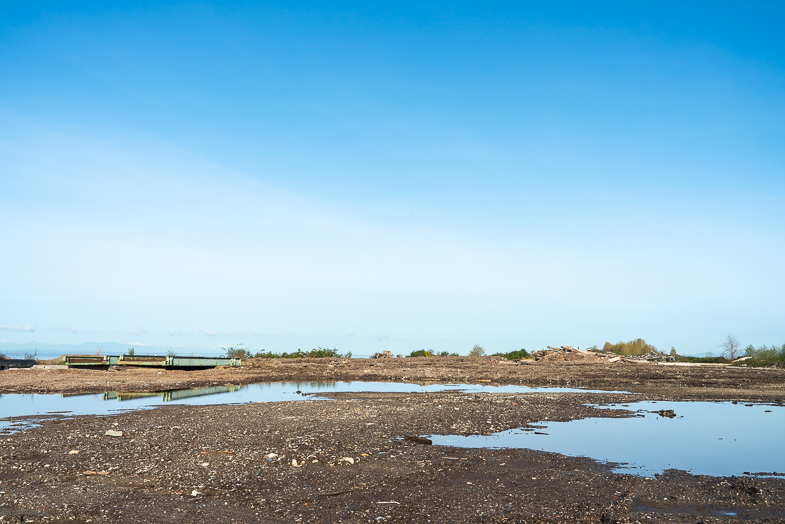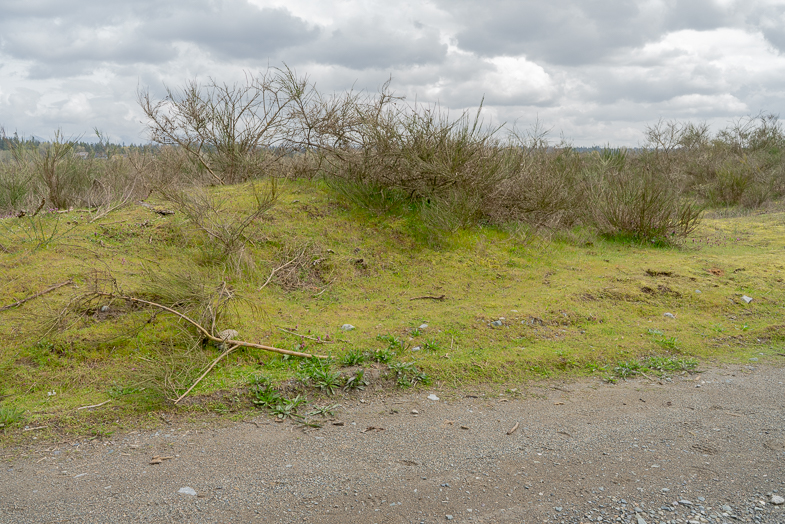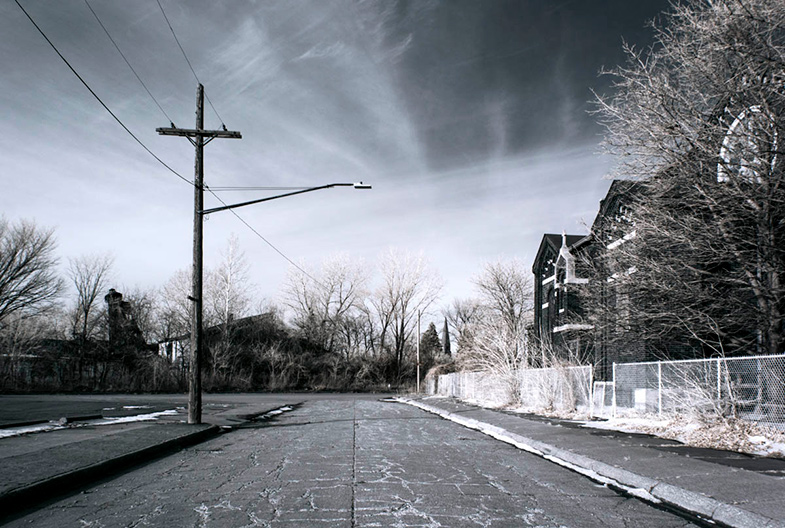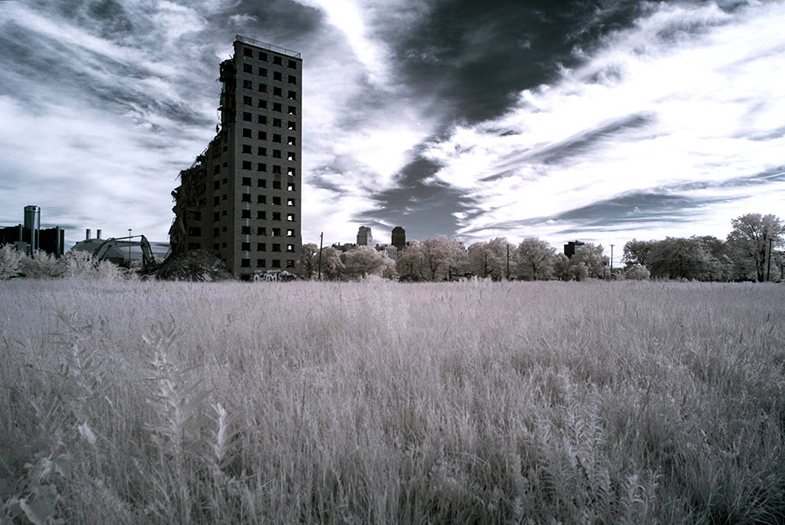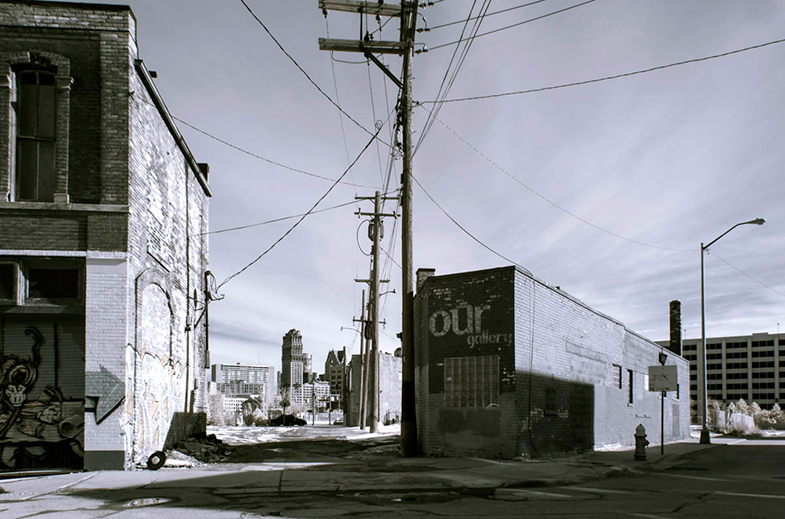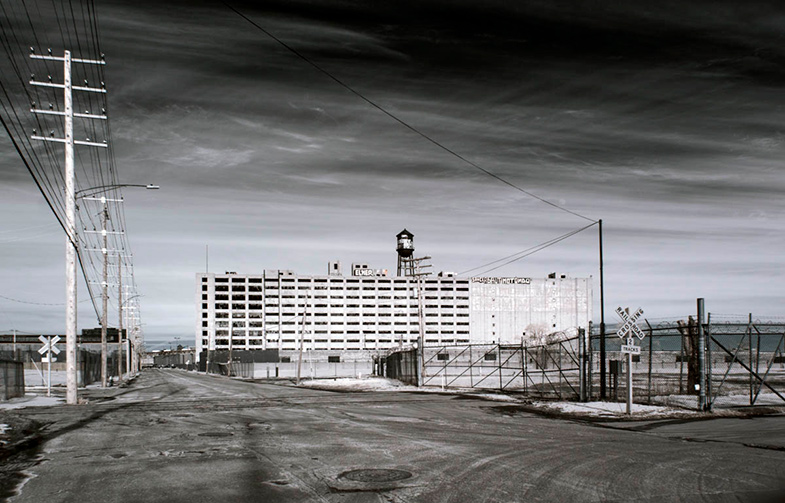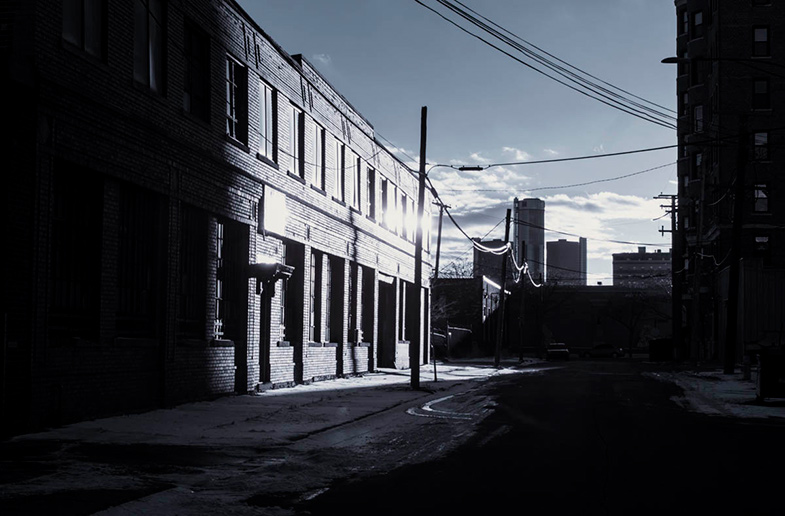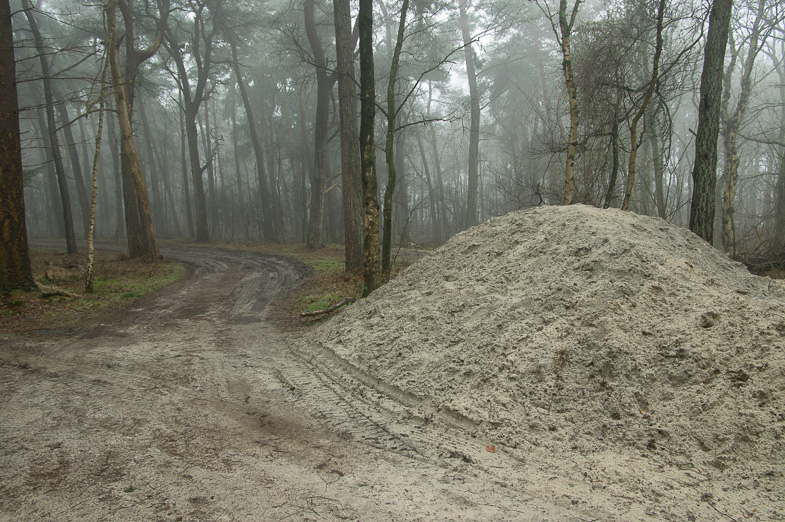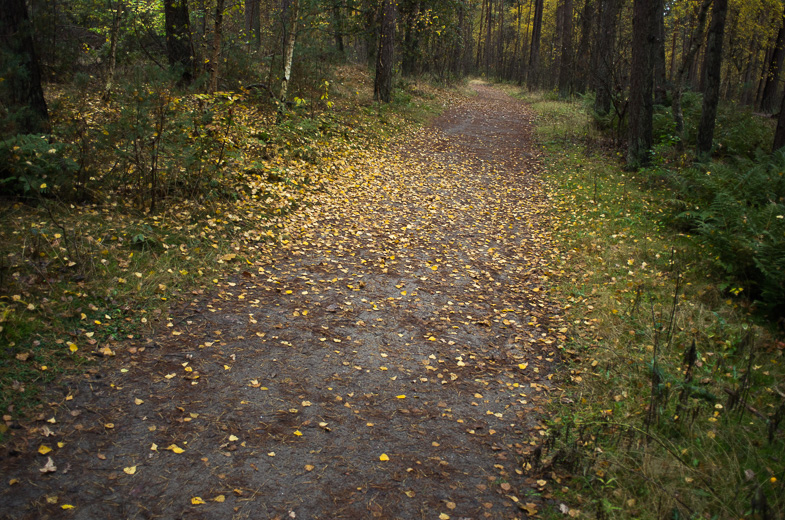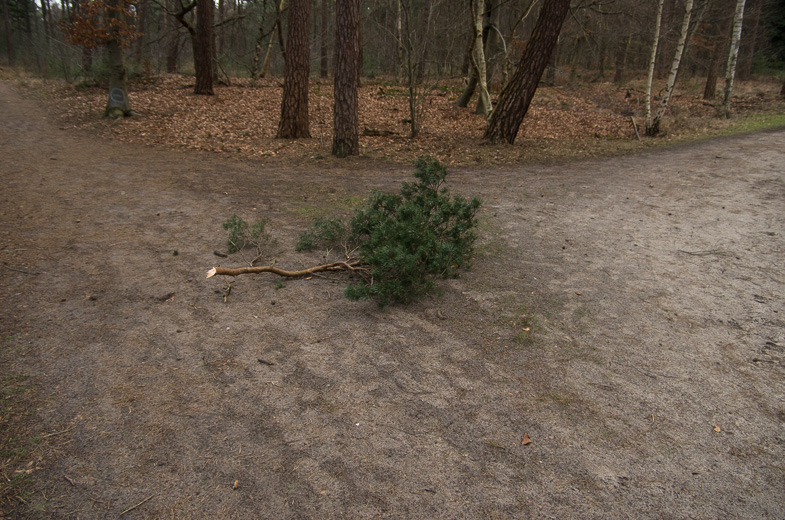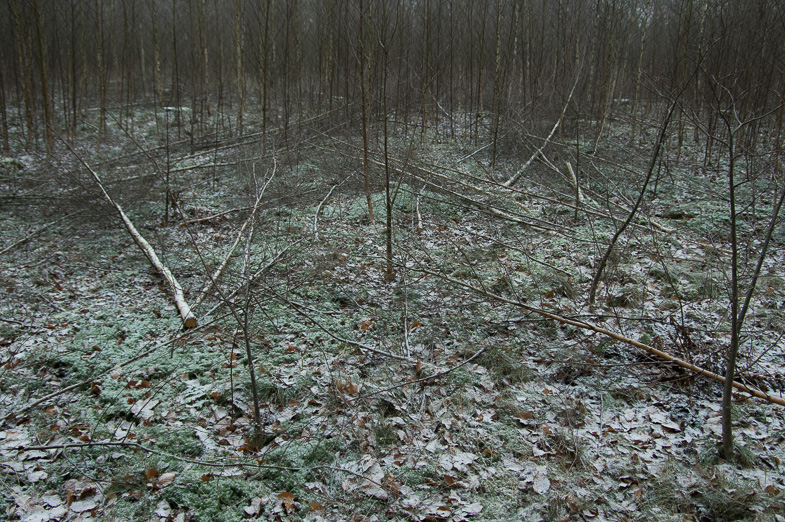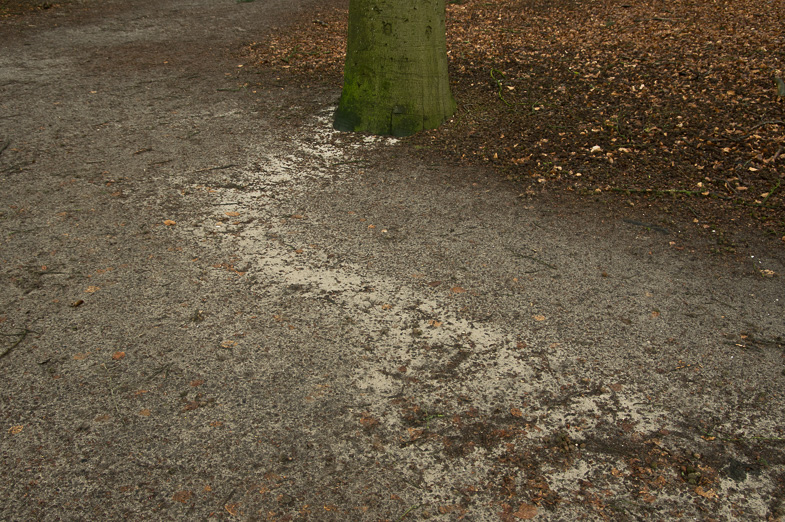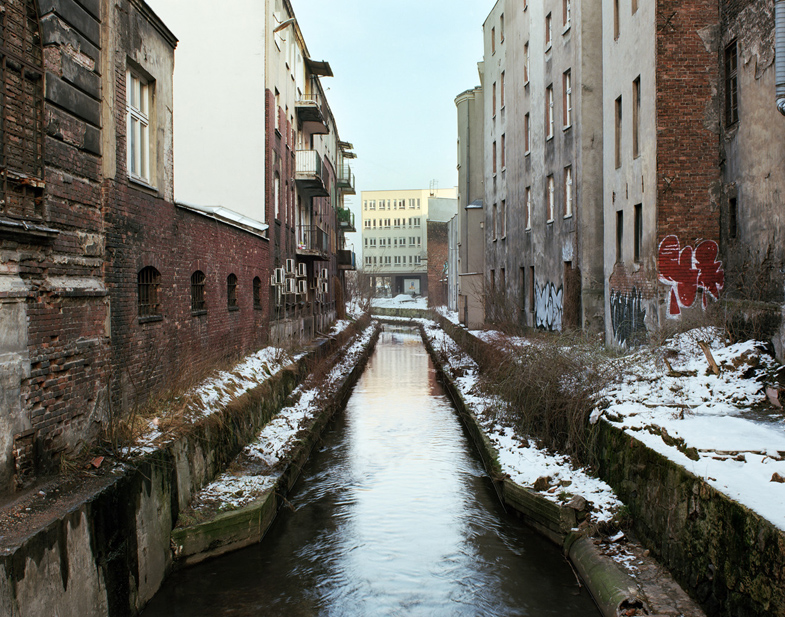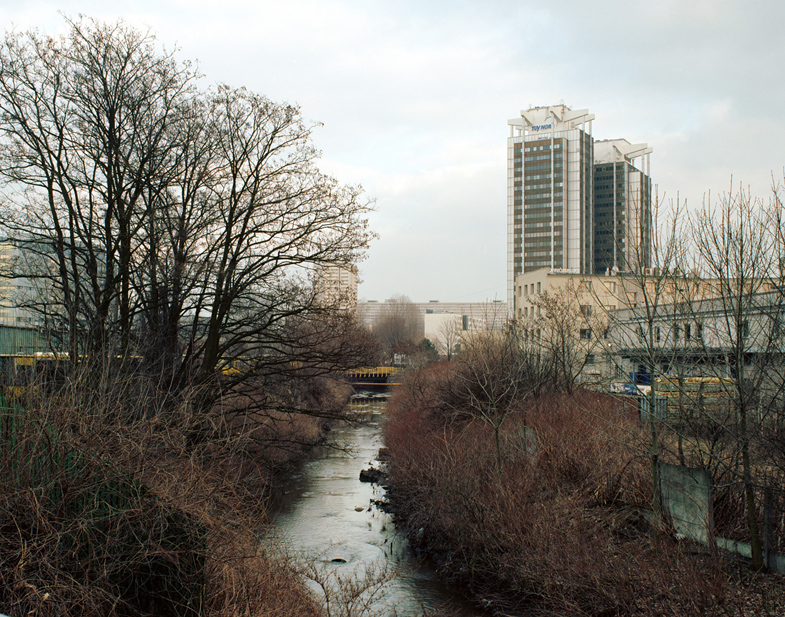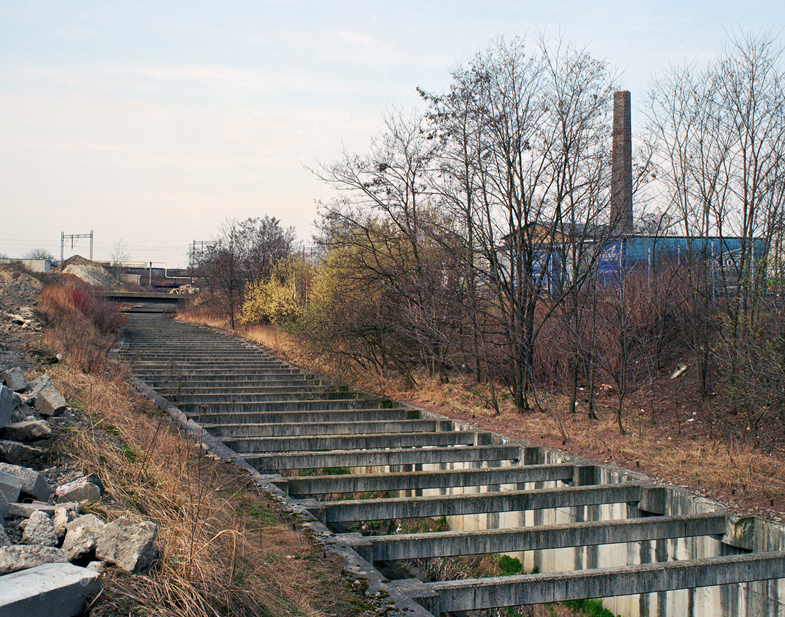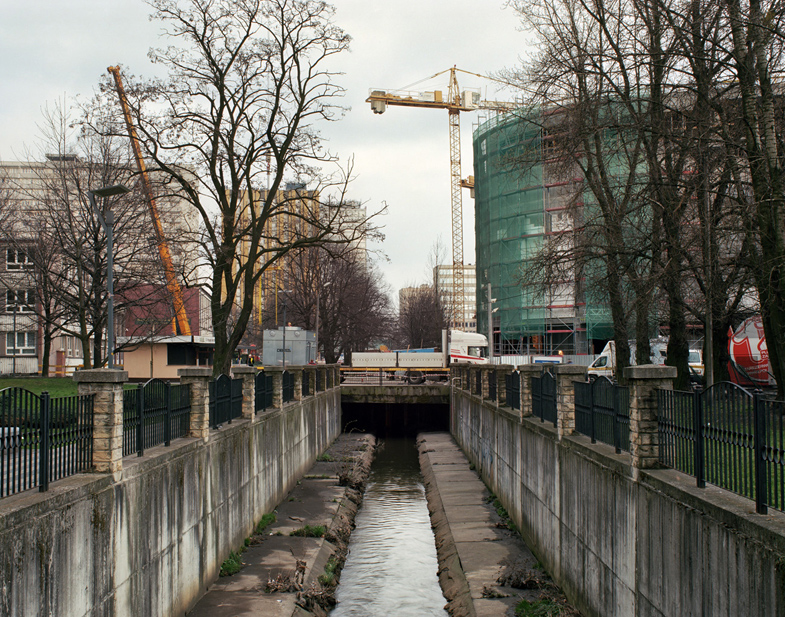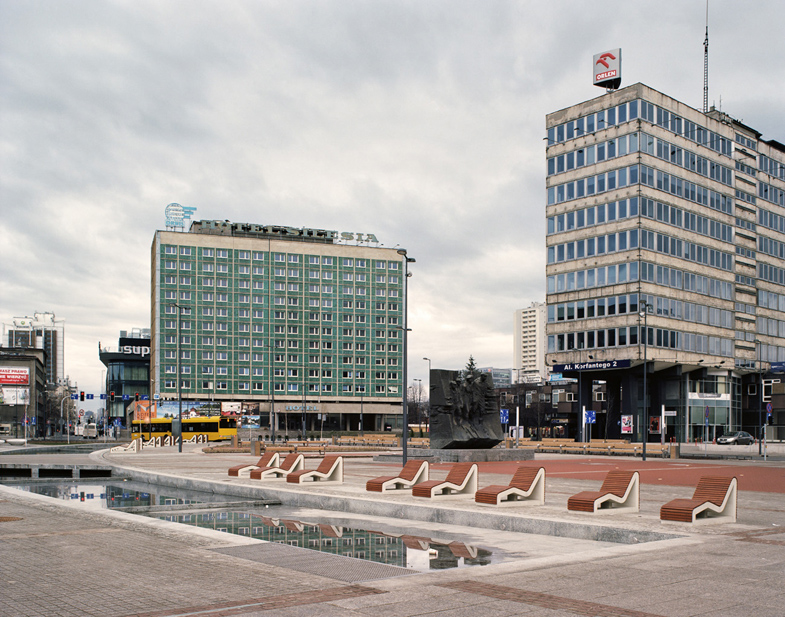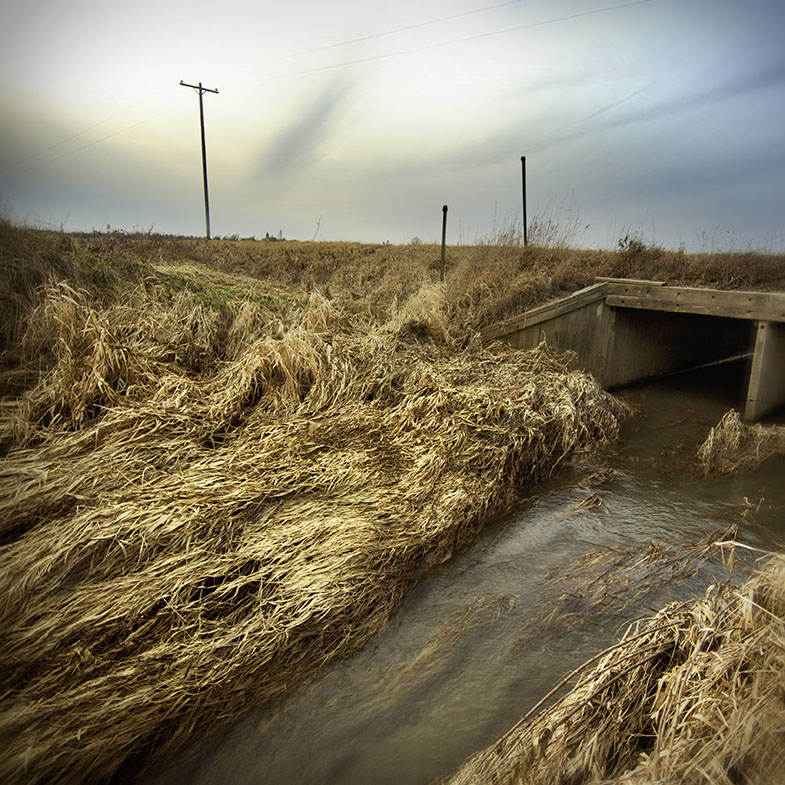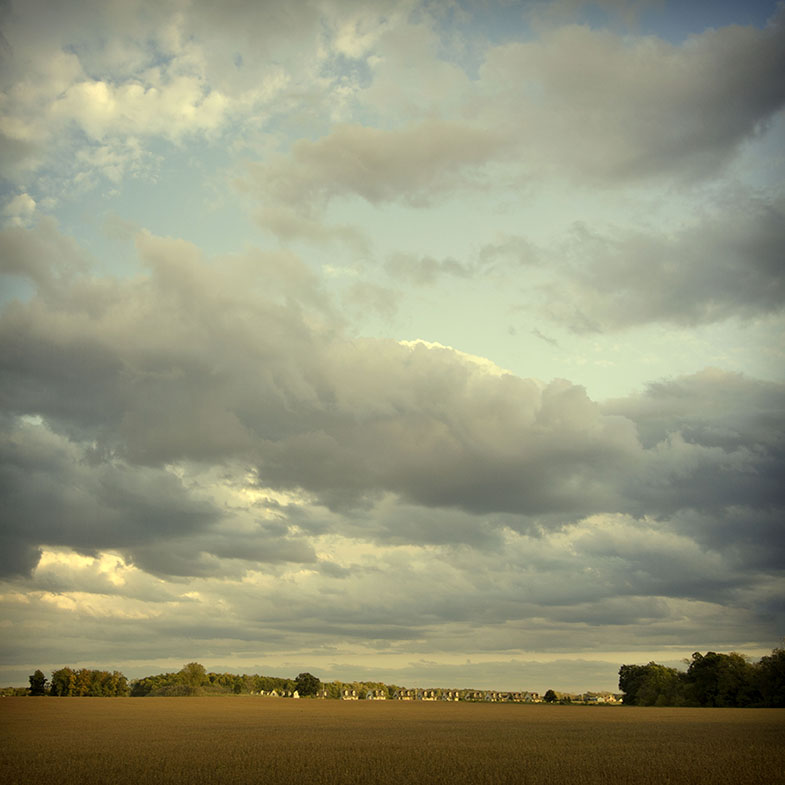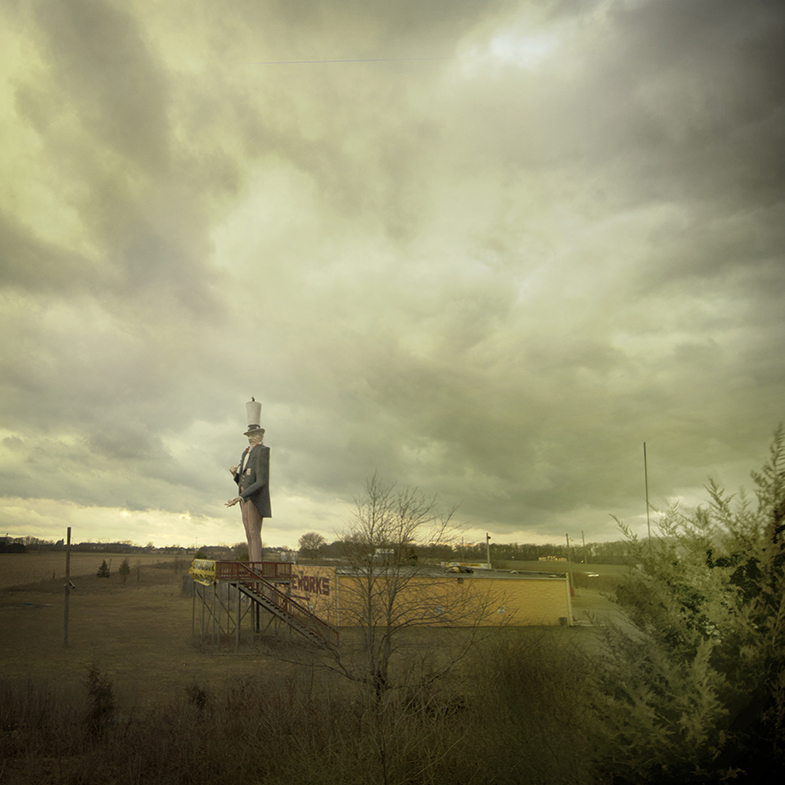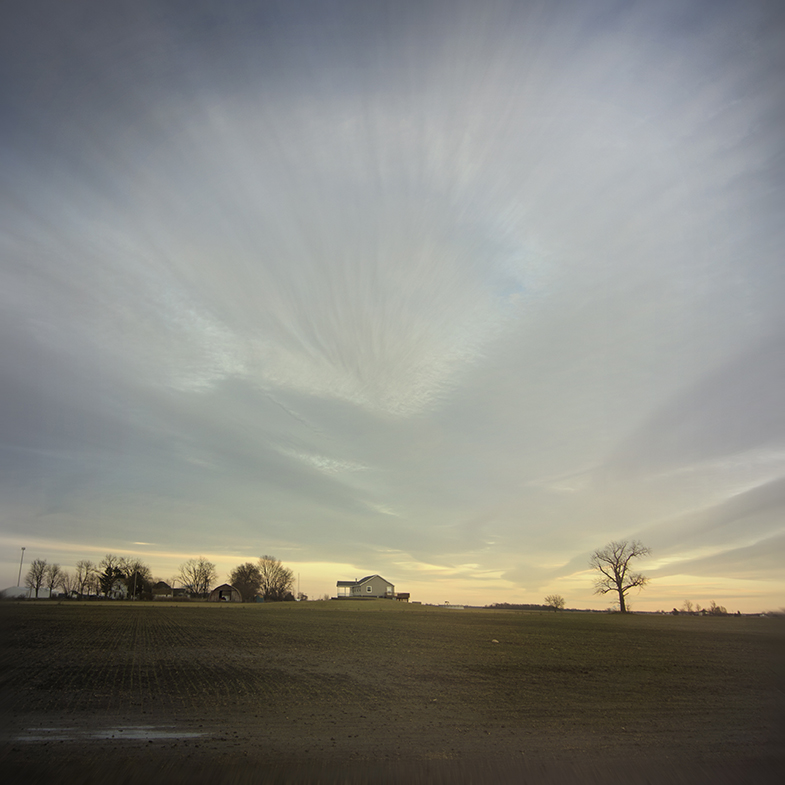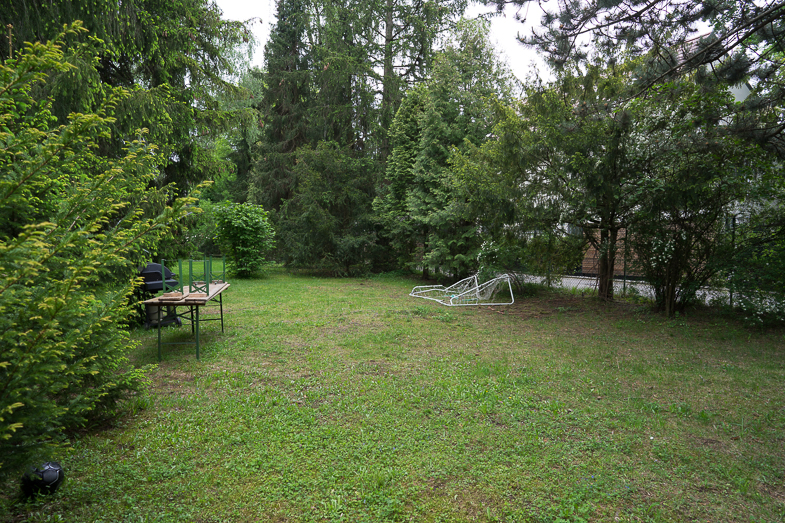
Good Morning, Grünwald
Grünwald is a community on the outskirts of Munich. In Germany, Munich is known for its high rents and real estate prices. Grünwald is known in Munich as one of the most expensive parts of the region.
I am fascinated by many photo volumes from the United States, like Stephen Shore’s Uncommon Places, Alec Soth’s picture series, Mark Power’s Good Morning, America, Peter van Agtmael’s Buzzing at the Sill. They are pictures of landscapes marked by social differences.
For me, the edgelands of the cities are one of the most exciting regions, marked by the transition between a narrow city and wide landscapes, marked by new construction and the simultaneous decay of old structures. The edgelands are a region of transition.
Grünwald is on the edge. It is the southernmost, last tram station in the Munich transport system. The city is characterised by villas, large properties and many expensive cars on the streets. Walking through Grünwald, I thought of a quote from Gandhi: “The world has enough for everybody’s needs, but not for everybody’s greed.”
Many stand-alone houses stand on properties of more than 2,000 square meters. High fences enclose the properties and protect them from envious looks. Many garages are the only part of the building that looks out.
Here, poverty does not lead to social exclusion and loneliness, but wealth leads to social isolation and consequently also loneliness. While in downtown Munich the pupils go to the streets for “Fridays for Future”, here every villa stands for an ecological footprint as big as that of an extinct dinosaur.
If this is the goal of life in our society, then the future looks dark.
— Gerrit Elshof, Münster, Germany
